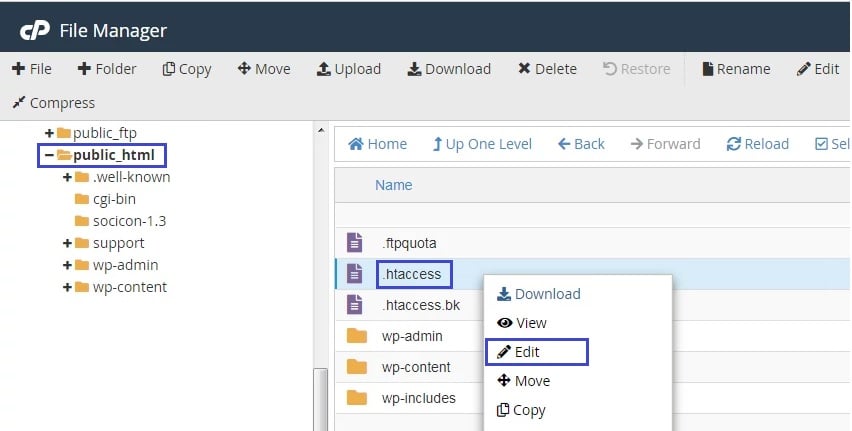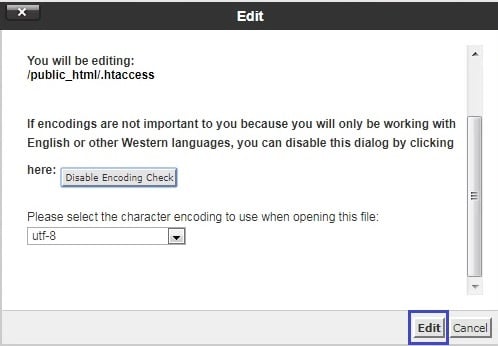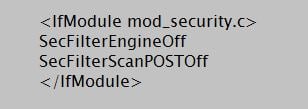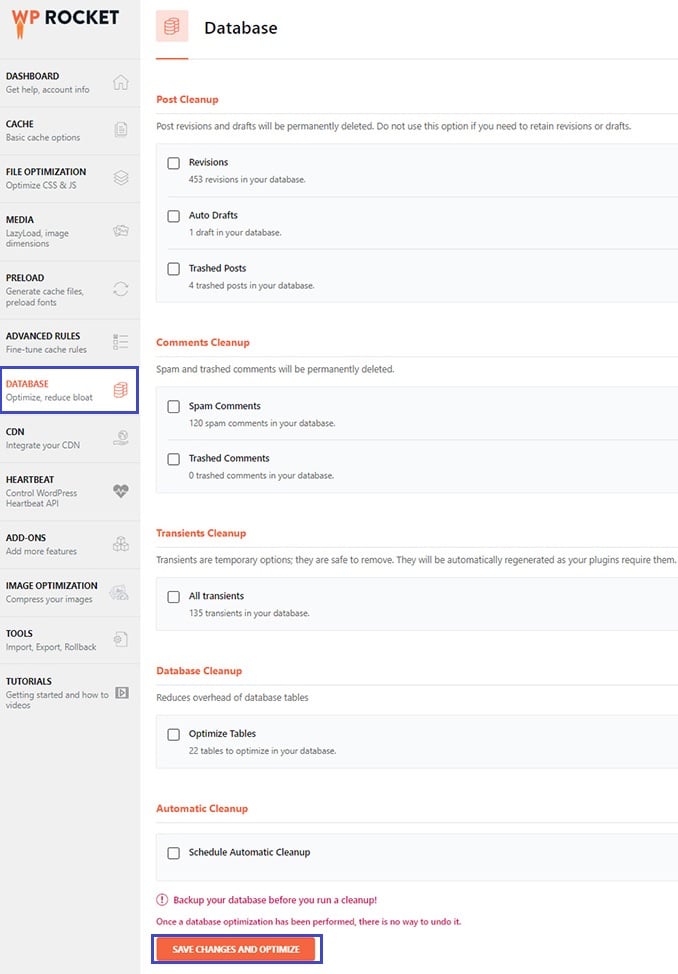Individuals detest if a problem spreads like a wildfire across a platform. One illustration among its possible traits is HTTP 406 not acceptable.

It shows a discrepancy between the file types the browser claims it could manage. It is the resource formats that queried the backend and could provide.
What does HTTP 406 not acceptable mean?
It signals that a host is reluctant to provide a generic reference. Also, it cannot create a reply that matches the data agreement. Moreover, it uses Meta tags with a set of permissible values.
Each backend checks every “Accept” header list of permitted media formats. Also, it is to see if there are any that could create a reaction. Then, it replies to an “Accept” feature chosen in a message with its own “Data” headers when it can.
Yet, it might deliver this issue whenever it cannot create a reply that the browser could approve.
Why does HTTP 406 not acceptable occur?
The main reason we receive this message is because of server limitations. We’ll go through several possible issues that could cause it below.
- A browser could be local to a region or linguistically that the host cannot support. For instance, a client application might select “Spanish” as a permissible dialect. Also, it is by employing an “Accept-language” meta-data.
But, this error can be the only acceptable answer when the host cannot offer a reply via Spanish.
-
Many hosts may permit a specific significant data limit in reply. Moreover, they have safety regulations. This glitch will appear whenever the responder tries to transmit so many bits of data. Also, this occurs when it is beyond the permitted threshold.
- Your browser could ask the host to produce a certain kind of information. Media formats define text, pictures, clips, and other items, sometimes called “MIME” categories.
As a result, an end-user could specify any exact MIME format which the host must offer inside the query. It is by including the “Accept” prefix.
This message could be required unless the host cannot provide the desired compatibility. Moreover, it means the file format in return must be compatible.
- A requisite web link could contain materials deemed malicious or fraudulent. For instance, it could be like a Bitcoin fraud.
- An issue including the “Accept-charset” query from the viewer could come from a host’s failure. Also, it happens when it fails to offer comprehensible symbols.
- A protocol section is designed to compress resources for them to be sent via the host to the consumer quickly. This state results from the incompatibility of particular encoding (Accept-encoding) and file types.
How to fix HTTP 406 not acceptable?
The issue could be either the consumer end or the host. There are many instances when the host is faulty and processes queries incorrectly. Thus, it might lead to not acceptable replies.
There are various practices listed below for viewers to choose from.
Fix 1: Fixing through cPanel
It happens due to the “mod security” code where backends use it to secure a portal. A warning appears on the device unless it detects some violations of the regulations.
Deactivating “mod_security” might solve this problem. Below is its illustration.
Once you’ve logged in, look underneath the storage area for said “file manager” item. A “public_html” path is visible. On the “.htaccess” document, “right-click” for modifying it.

We notice a window upon selecting the “edit” item. Moreover, it offers the possibility of turning off semantics. Before proceeding, we must press the “Edit” feature.

Then the “.htaccess” document has to be updated with the below script. Then save it.

One can better comprehend the modifications made by eliminating cache
Fix 2: Reverse any Improvements.
Take into account reverting towards the previously installed variant. It could be tools or add-ons. Thus, it could be a version conflict between the browser and an extension.
Fix 3: Examine the database’s current state.
Extensions having complete access to the records to function could be a concern. Thus, one must continue to examine the database’s condition.
Deploy a repository analyzer to get rid of problematic tables and contents. Most procedures remove outdated material, such as junk postings, edits, and tags. Thus, “WP Rocket” is one of the choices.
Choose the sections to optimize that resonate with you. Finally, tap “Optimize” to process it. Remember to Backup the repository to avoid data loss before proceeding.

Fix 4: Examine the requisite Website.
It is most often caused by entering an invalid link. For example, “XML” towards the ending of links may be mistaken for the query for such specific formats. It occurs, although the consumer would not need it.
Ensure that the specific Address giving the warning has been the desired portal. Do it by double-checking it.
Fix 5: Reload the networks.
Reboot the system and other devices. Upon rejoining everything, unplug all gadgets from their wires. Moreover, give yourself some time. Then, reboot the routers to restore any broadband connectivity.
How to avoid 406 error?
Based on the users, each tech firm has a unique vision. Yet, one can avoid the warning if we pay attention to some specific steps.
Option 1: Track the Logs
Your program logs function as a journal for the portal. Also, it records how contents were accessed or virtual machines were contacted. So constantly monitoring them is essential.
There are several types of correlation whenever we view our program logs. Also, such a response would put us on the right track.
Option 2: Debugging your portal
Code refactoring entails inspecting the platform’s raw data. Also, it is to detect and fix minor issues. So debugging the portal helps you avoid the problem.
It doesn’t imply that we must examine each coding line and identify each flaw. There are programs accessible for such a particular goal.
Option 3: Complete Backup
It is vital when conducting a specific action for the primary moment. Moreover, it is when performing activities like a patch or upgrades. So constantly make a complete backup and store it in a new host, such as a home pc, unless you have it.
It serves as a testing ground for all possible causes of a problem. Also, it helps without jeopardizing the portal’s safety.
Conclusion
Virtual host limitations primarily cause this glitch. Usually, testing the portal with a new browsing app is successful.
Deploy the extensions, customizations, and modules that are required and reliable. Maintain such components to a reasonable level at all times.
You can try using different VPN hosts to avoid it. Getting an accurate assessment and watching the online activity could be beneficial.
